History of Electric Vehicles: A Journey Through Evolution of Electric Vehicles
In the modern era, electric vehicles (EVs) are no longer a novelty; they have become an integral part of the automotive landscape. However, their journey from conceptualization to widespread adoption has been a long and fascinating one. Let’s take a chronological journey through the history of EVs and the development of charging infrastructure.
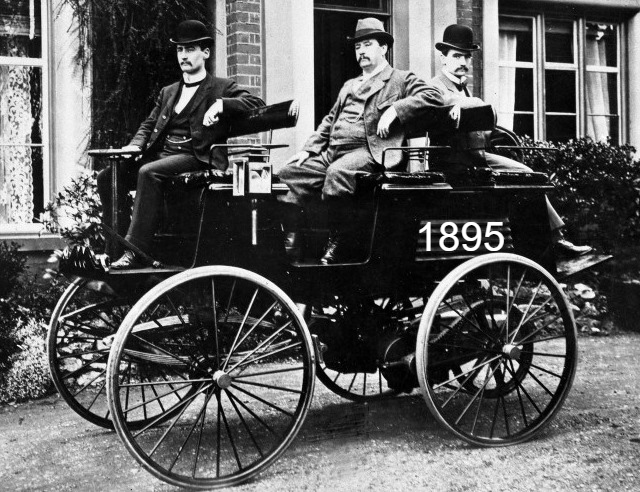
Early Experiments: Early 19th Century
Who invented the very first EV is uncertain, as several inventors have been given credit. In 1828, Hungarian innovator Ányos Jedlik created a small-scale model car, energized by an electric motor of his own design. Between 1832 and 1839, Robert Anderson of Scotland introduced a crude electric-powered carriage. Professor Stratingh from Groningen, Holland, along with his assistant Christopher Becker, designed another small-scale electric car in 1835. Simultaneously, in the same year, Thomas Davenport, a blacksmith hailing from Brandon, Vermont, USA constructed a compact electric car and is also credited as the inventor of the first American-built DC electric motor.
Adding to the list of early electric vehicle innovators, Robert Davidson of Aberdeen, Scotland crafted a prototype electric locomotive in 1837. An enhanced version, showcased in 1841, achieved an impressive feat, covering 1.5 miles at a speed of 4 mph while towing six tons. However, this remarkable performance stirred unease among railway workers, perceiving it as a threat to their roles in maintaining steam engines. Consequently, they destructively disposed of Davidson’s creation, ominously named Galvani.
All these early EVs relied on a primary (single-use) “voltaic pile” (i.e battery), requiring replacement once its energy was depleted.
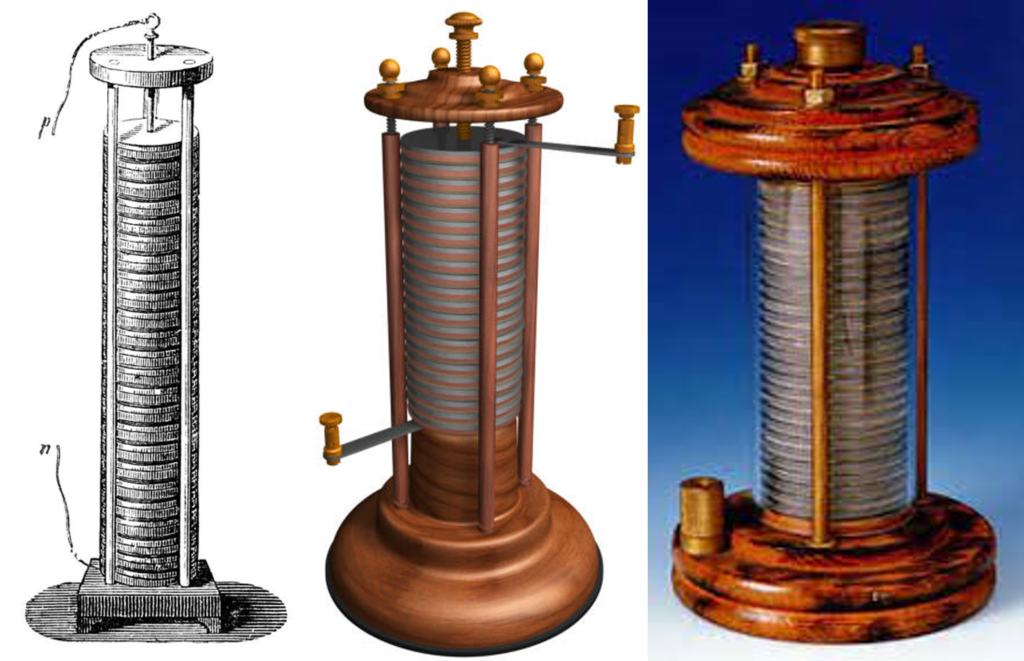
The Rise of Electric Vehicles: Late 19th to Early 20th Century
The pivotal invention of the lead-acid battery by Gaston Planté in 1859 marked a crucial milestone. Its subsequent refinement by Camille Alphonse Faure in 1881 provided the automotive industry with a rechargeable cell, eliminating the need for frequent replacements after each discharge.

Source: https://collection.sciencemuseumgroup.org.uk/objects/co36401/one-of-the-first-rechargeable-batteries-about-1860-batteries
In the late 1800s, France and Great Britain were the first nations to support the widespread development of EVs. In April 1881, French inventor Gustave Trouvé tested what is likely the first human-carrying electric vehicle with its own power source on a Paris street. Trouvé improved the efficiency of a small electric motor from Siemens, originally designed by Johann Kravogl in 1867. He incorporated this motor, along with the recently developed rechargeable lead-acid battery, into an English James Starley tricycle, thereby creating the world’s first electric vehicle. The year 1899 witnessed a remarkable achievement with the Belgian-built electric racing car, “La Jamais Contente,” designed by Camille Jénatzy, setting a world land speed record at an impressive 68 mph (109 kmph).
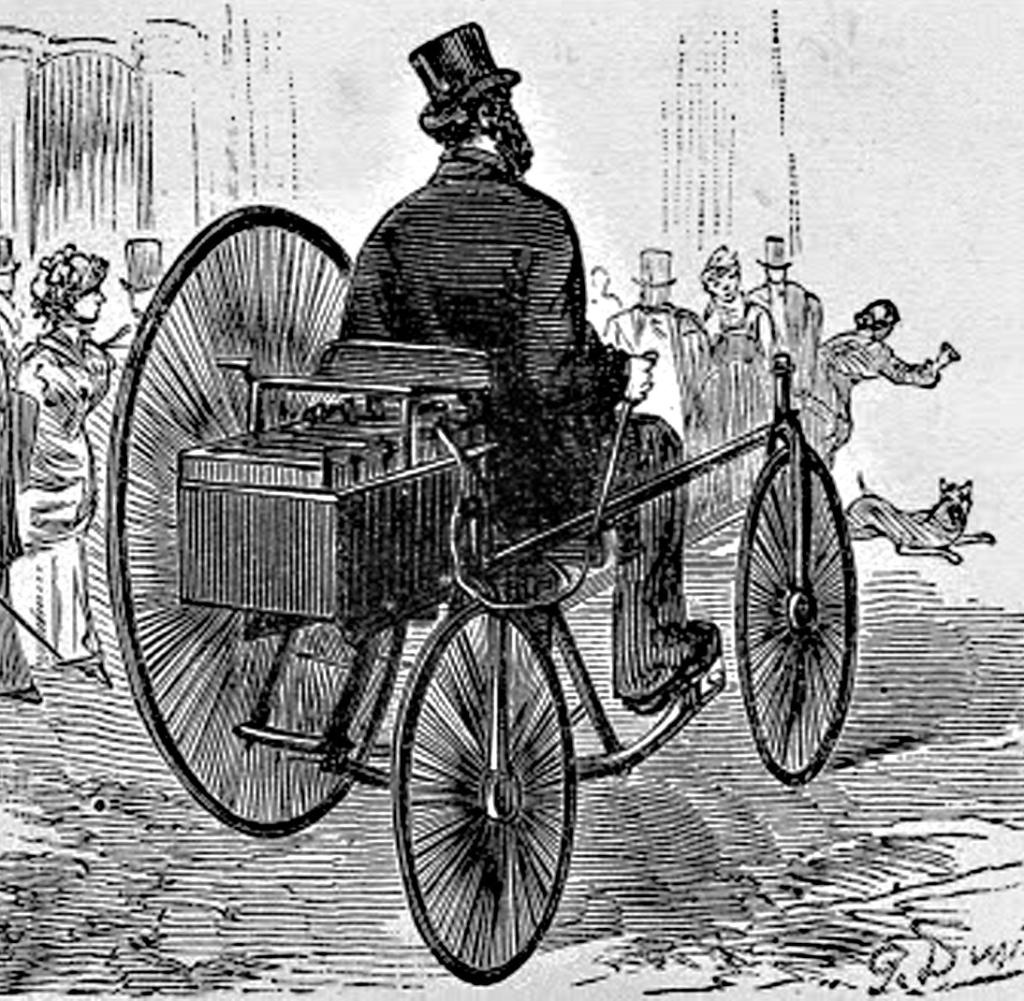

It wasn’t until 1895 that the United States began to explore EVs. A notable milestone occurred in 1891 when A. L. Ryker introduced an electric tricycle, and William Morrison unveiled a groundbreaking six-passenger wagon. Morrison’s wagon, with front-wheel drive, 4 horsepower, and a reported top speed of 20 mph, featured 24 battery cells requiring recharging every 50 miles. This innovative design, accommodating passengers, is often considered the first genuine and practical electric vehicle.
In 1897, the Electric Carriage and Wagon Company of Philadelphia introduced the first commercial EV application: a fleet of electric taxis in New York City. These EVs gained popularity for their quiet operation and absence of emissions, despite rudimentary charging infrastructure involving manual battery swaps. By 1900, electric cars reached their heyday, constituting 38% of all U.S. automobiles (40% were powered by steam, and 22% by gasoline). In the United States alone, 33,842 electric cars were in operation. The notable EV manufactures were Baker Electric (1899-1915), Studebaker Electric Car (1902-1912), and Detroit Electric (1907-1939).
EVs in the early 1900s held a competitive edge. The advantages of electric vehicles became evident: no vibrations, smells, or noises associated with gasoline-powered cars, and the absence of gear changes, distinguishing them from their competitors. Steam-powered cars, while also avoiding gear shifting, suffered from prolonged start-up times on cold mornings. Moreover, steam cars had a limited range before needing water, contrasting with the impressive range of electric cars on a single charge.
The restricted availability of electricity outside city centers posed a challenge to the widespread adoption of EVs. In 1902, Thomas Edison and his associate Henry Ford ventured into electric car production, creating at least one prototype. However, the duo ultimately shifted their focus to the gasoline engine, driven partly by the limited accessibility of electricity beyond urban areas. While drivers could carry spare cans of gasoline for long journeys, spare batteries proved significantly heavier per unit of energy.


The Decline of Electric Vehicles: Mid-20th Century
During the mid-20th century, the appeal of EVs diminished as internal combustion engine cars surged in popularity. Gasoline-powered vehicles not only became more affordable but also boasted a longer range, shifting the automotive landscape.
Ironically, the decline of EVs was exacerbated by their own technological cousin—the electric motor. The advent of the electric starter, pioneered by Charles Kettering at Dayton Engineering and first used in the 1912 Cadillac, eliminated the hand-crank problem for gas cars. This technological leap proved a game-changer for internal combustion engines, overcoming some of the challenges faced by their electric counterparts.
The decline of electric cars in popularity can be attributed to several factors. Firstly, the 1920s ushered in a more interconnected system of roads in America, necessitating vehicles with longer ranges. Additionally, the discovery of Texas crude oil led to a significant reduction in gasoline prices, making it more affordable for the average consumer.
Furthermore, the mass production prowess of Henry Ford, particularly with the iconic Model T, made internal combustion engine vehicles widely accessible and affordable, with prices ranging from $500 to $1,000. In contrast, EVs, plagued by less efficient production processes, saw their prices continue to rise. In 1912, an electric roadster commanded a hefty $1,750, while a gasoline car could be acquired for a more modest $650.
By 1935, EVs had virtually vanished from the automotive landscape. The subsequent decades until the 1960s marked a dormant period for electric vehicle development and their use as personal transportation. The shift in consumer preferences, driven by affordability, longer ranges, and advancements in internal combustion engine technology, led to an extended pause for the presence of electric vehicles on the road.
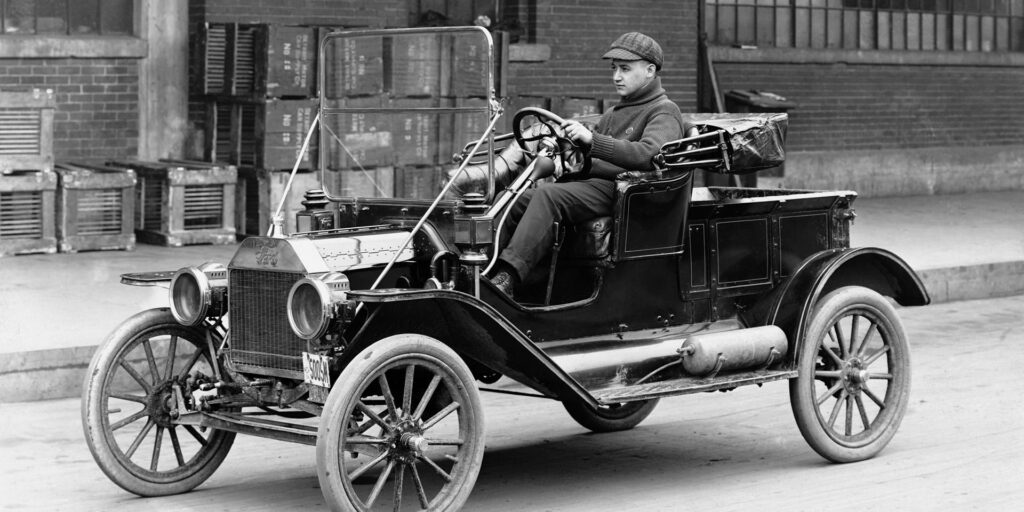
Revival and Glory of Electric Vehicles: Late 20th Century Onward
From the 1960s to the 1990s, several companies made battery EVs by converting the existing manufactured models. None were sold in large numbers, with sales hampered by high cost and a limited range. However, In the late 1980s and early 1990s, governments, driven by heightened climate change awareness, enforced environmental legislation that compelled automotive manufacturers to reevaluate electric vehicles. Various battery chemistries were explored during this period, including molten salt cells that offered a four-fold range increase over lead-acid batteries. Despite their potential, challenges like the need for constant high-temperature maintenance and safety concerns, including battery fires in projects like the Ford Ecostar, hindered widespread adoption.
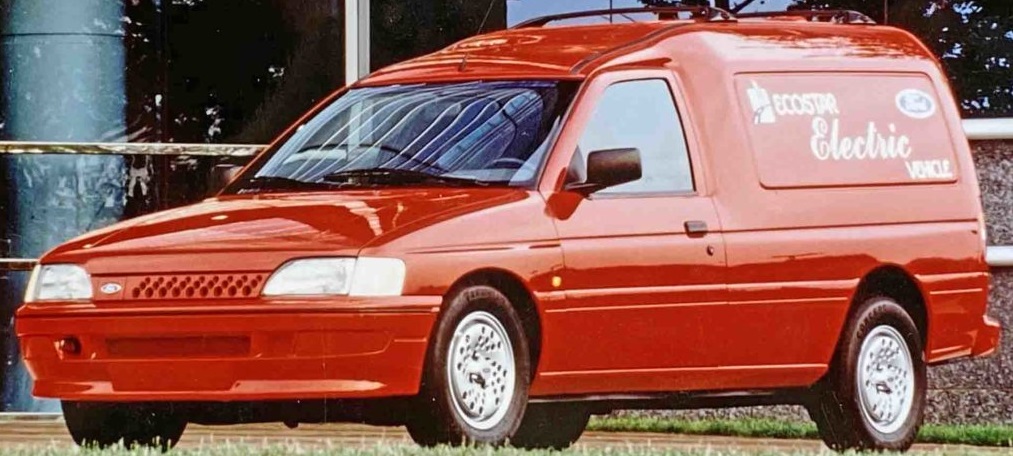
In the mid to late 1990s, the US witnessed the introduction of a range of new EVs powered by nickel metal hydride (NiMH) cells. These cells provided a four-fold increase in energy density compared to lead-acid batteries, enabling a 100-mile range per charge and highway-speed capabilities. Notably, General Motors’ EV1 is the most famous of this group of EVs, but arguably the most impressive was the Toyota RAV4 EV SUV, which was unveiled in 1997. However, the success faced a setback as the oil giant Chevron acquired the NiMH patent, sued Panasonic, and halted large-format NiMH cell production, delaying the EV revolution by almost a decade.

Around the same time, in Europe, PSA Peugeot-Citroen experimented with nickel-cadmium cells, boasting double the energy density of lead-acid cells. PSA produced 10,000 electrified versions of the 106, Saxo, Berlingo and Partner between 1995 and 2005. With a 20-horsepower motor, the Peugeot 106 Electric had a surprising punch, reaching a limited 60 mph. Supported by a 12 kWh battery pack, it delivered a range of 50 miles per charge. Unfortunately, manufacturing defects in the cells led to early failures, compounded by the subsequent ban on nickel-cadmium cells due to their use of toxic heavy metals.

In the 1990s, Sony’s commercialization of lithium-ion batteries marked a pivotal moment for EV technology. However, it took nearly two decades for lithium-ion battery packs to be adapted for mass-produced EVs. The turning point came with models like the Tesla Roadster (2008), Mitsubishi i-MiEV (2009), Nissan Leaf (2010), and Chevrolet Volt (2010) highlighting the potential of lithium-ion technology with higher energy and power density. Lithium-ion challenges, including cost and sensitivity to temperature, led to the development of advanced battery management systems (BMS). Despite obstacles, the advent of lithium-ion batteries prompted various companies to explore and introduce EVs. Early 2000s lacked modern charging infrastructure, hindering widespread adoption, and requiring bespoke chargers for larger EVs. Despite challenges, these early innovators laid the foundation for the subsequent surge in EV adoption. Technological advances and improved charging infrastructure propelled lithium-ion-powered EVs into the mainstream, with major automakers embracing the technology, leading to a diverse range of models, enhanced performance, and increased affordability.

In the present day (2023), the adoption of EVs has become a widespread trend among all major Original Equipment Manufacturers (OEMs). Virtually all prominent automakers are embracing EV technology to meet the growing demand for sustainable and eco-friendly transportation. Major automakers worldwide, including industry leaders and newcomers alike, are actively developing and producing a diverse EVs, ranging from compact city cars to high-performance luxury vehicles.

Looking Forward: Future
As we move into the future, the electric vehicle revolution shows no signs of slowing down. Continued investments in research and development, coupled with ongoing improvements in battery technology and charging infrastructure, promise to make EVs even more accessible, practical, and widespread.
In conclusion, the modern electric vehicle revolution is a multifaceted phenomenon that stems from technological innovations, environmental imperatives, economic incentives, and a changing global mindset. It reflects a dynamic shift towards sustainable and clean transportation, paving the way for a future where EVs play a central role in the automotive landscape.
EV Charging Explained – Everything you need to know about Electric Vehicle Charging